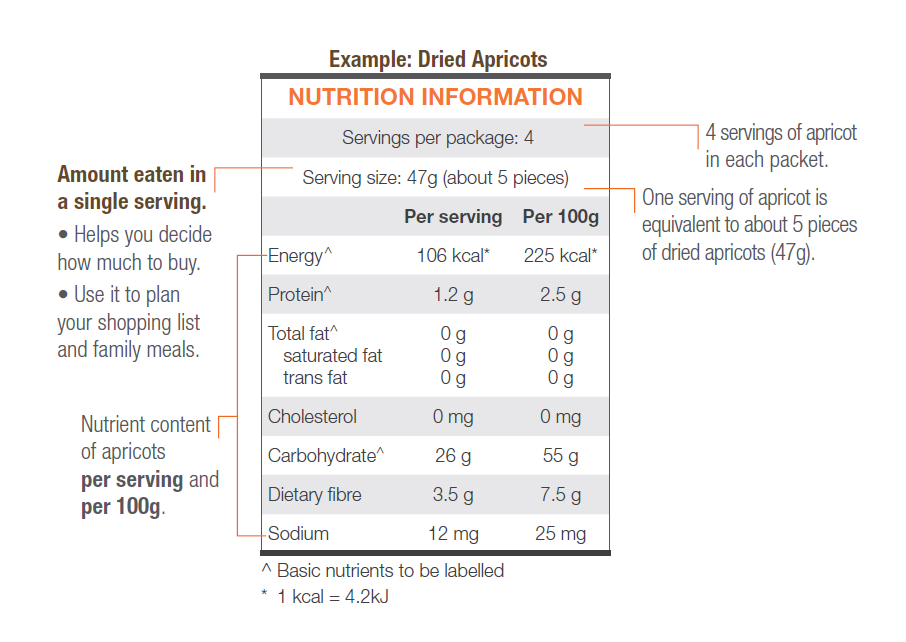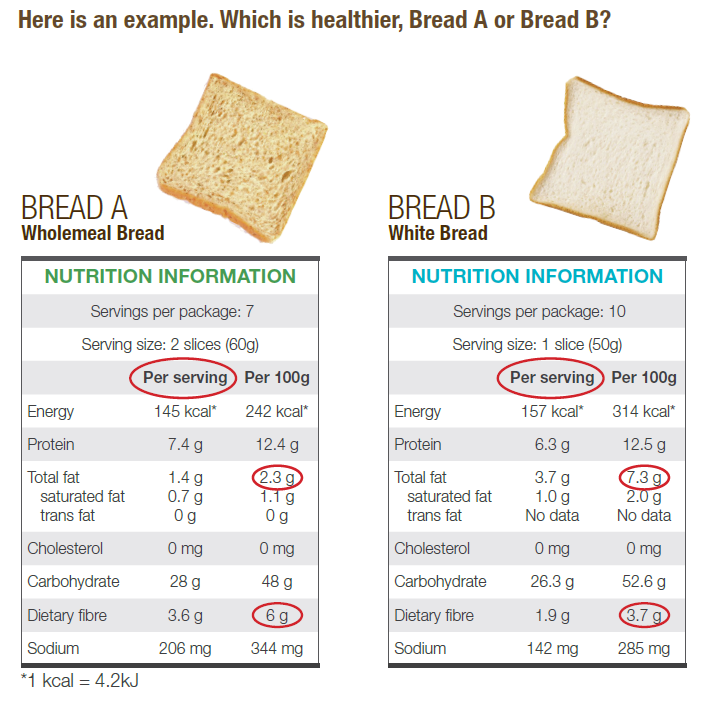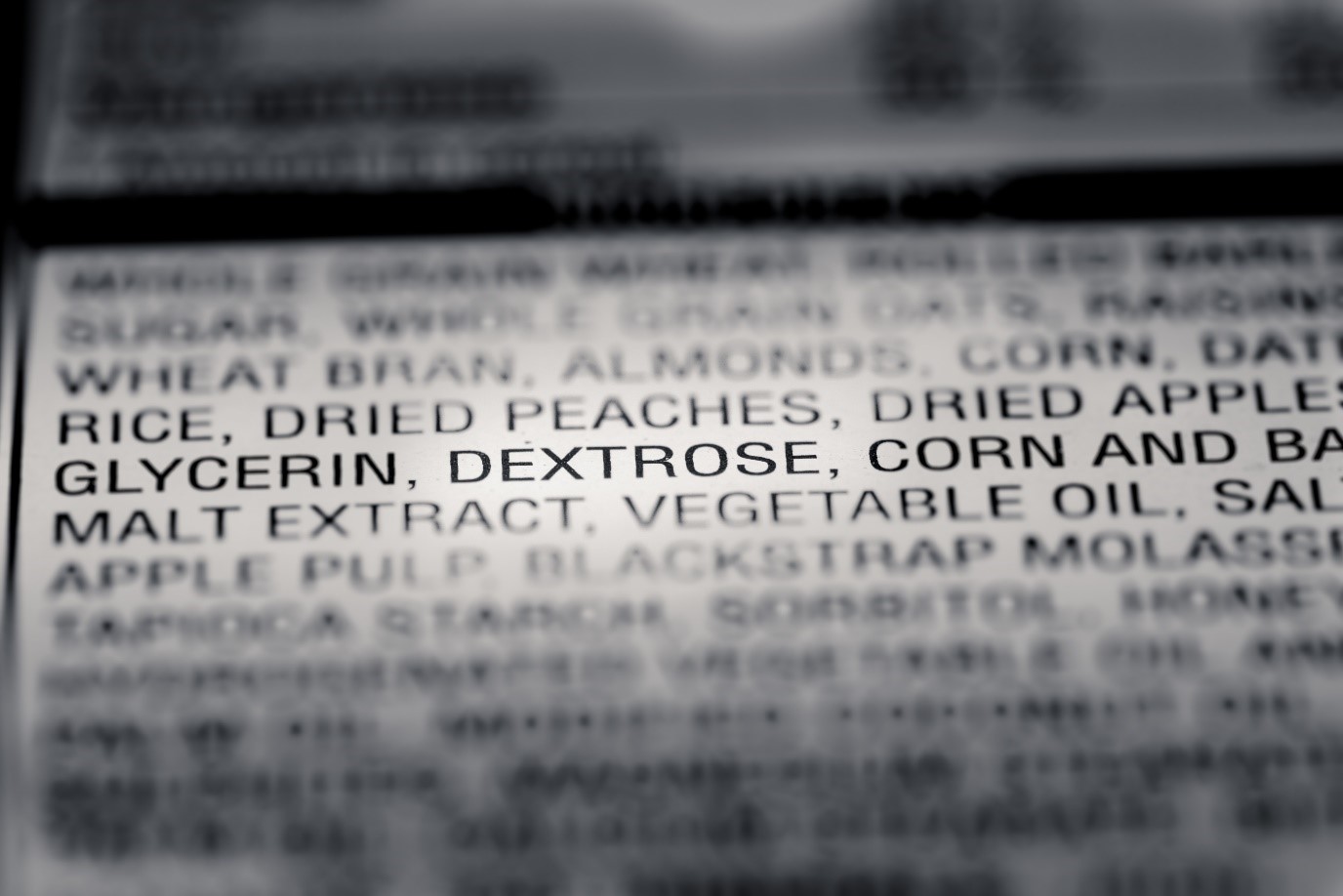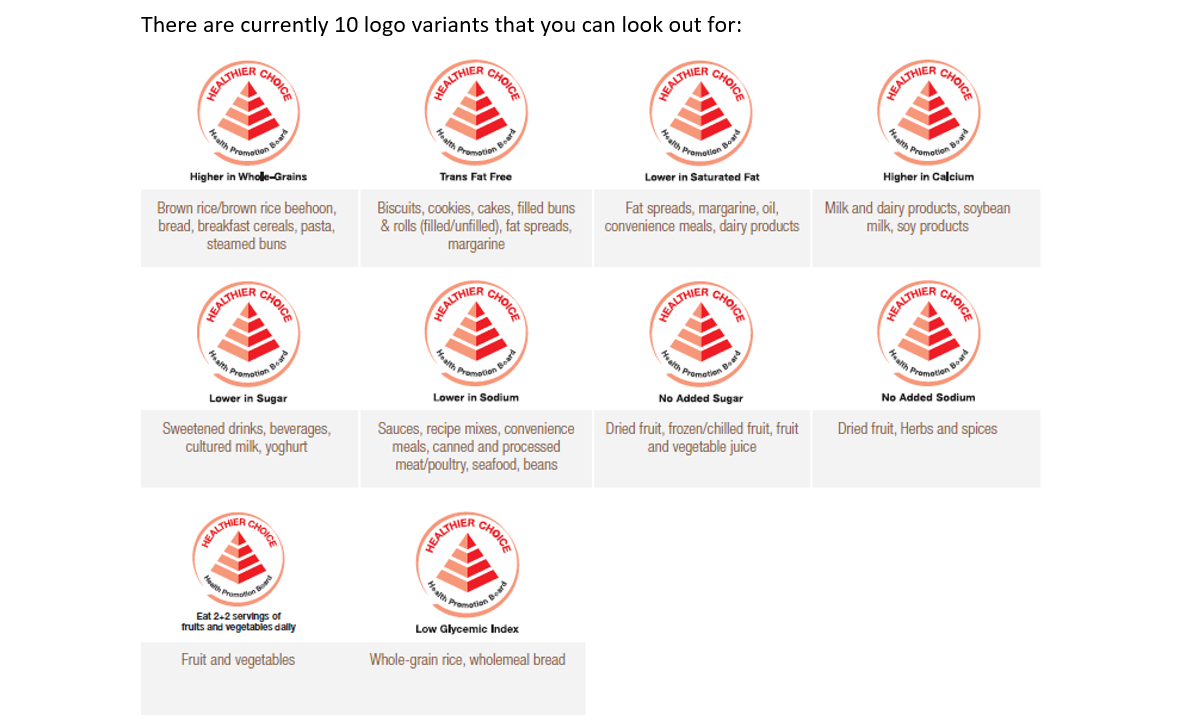
Do you truly understand the food labels you see on your groceries?
Most likely, you will be too confused with the tiny wordings on the nutrition information panel that you will skim through it, only checking the number of calories under �per serving� or pick brands that scream �fat-free!� on their packaging.
You may think that you are choosing an item that is better for you because it is fat-free, but in fact, there could be more sugars and carbohydrates added for improved taste and texture of the product, therefore making it higher in calories.
To prevent this, we present to you a simple guide on how to decipher the seemingly complicated mystery of food labels and ensure you make the best choices for yourself.
? Check out: Workshops to help you Eat Better
Food labels demystified
There are a few food labels that you can find on a food package:
- Product name
The main label that stands out the most, found on the front. Naming of the product describes the food and its content
- Nutrition information panel
This table provides information such as energy, protein, total fat, dietary fibre etc. Energy and nutrient values are indicated in per 100g / 100ml and per serving of the food. It can include the number of servings per package and the serving size as well.
- Ingredient list
It shows all ingredients used in making the product, listed in descending order by weight.
- Origin of the product
Indicates where the product originated from as well as name and address of the local manufacturer, packer, importer or distributor.
- Usage instructions
Let you know how to use and store the product, be it to refrigerate or store in a cold, dry place.
- Date marking
May be indicated as �Expiry date�, �Use by�, �Sell by�, or �Best before�, telling you when you should consume the product by.
- Net quantity
Shows the actual net weight of the food, which can be in grams or volume.
Now that you know the different food labels, here is how you should interpret them to make healthier and more informed choices!
Nutrition information panel
 Source: Health Promotion Board (2015). Reading Food Labels The Complete Guide.
Source: Health Promotion Board (2015). Reading Food Labels The Complete Guide.
- �Per serving�
Use this to assess how much nutrient you are getting with each serving of food. For example, one serving size of dried apricots is indicated as 47g (about 5 pieces). If you eat 5 of them, you get about 106 kcal (see example below).
- �Per 100g�
This column helps you to compare nutrient content of similar products and decide which item gives you more nutrient. Using �Per serving� is inaccurate as every food item has different serving size (eg, Brand A indicates serving size as 5 apricots, while Brand B may indicate serving size as 3 apricots).
 Source: Health Promotion Board (2015). Reading Food Labels The Complete Guide.
Source: Health Promotion Board (2015). Reading Food Labels The Complete Guide. - Ingredient list
Food additives, such as MSG or food colouring are usually listed as the last few ingredients on the list. If you are particular about avoiding additives, skip to the end of the list. Allergenic foods (nuts, milk, gluten etc) are identified as well. You should take note of the source of each ingredient used in the food as it may have been derived from potential food allergens. - Origin of product
Food items may be recalled when it poses a possible public health and safety risk. The name and business as well as batch number can be used to facilitate food recalls. If there is news that a food item you bought is contaminated, you can use the batch number to see if it is part of the affected batch.
- Usage instructions
Store food products according to food label instructions to ensure the best quality before expiry. - Date marking
One interesting thing to note is that these dates shown are a general guide for products to be used by without being opened. Once opened, you should always check that the food is still in good condition to consume. Use by dates are different from �Packing dates� found on raw produce such as raw meat. The nearer the packing date is to date of purchase, the fresher it is.
Debunking food label traps

Beware however, that some food labels may mislead you into an unhealthy �trap�.
Less common names for ingredients such as salt (sodium chloride) and sugar (maltose or fructose) are used to give the impression that certain ingredients are not used. When encountering an unfamiliar ingredient name, it is a good practice to give it a quick google to find out more.
Some nutritional claims such as �low cholesterol� or �no added sugar� may lead consumers to think that a food is cholesterol- or sugar-free. A quick look at the nutrition information panel will tell you otherwise.
? Check out: Workshops to help you Eat Better
Hunt for the Healthier Choice Symbol for a clue
In a rush and have no time to ponder over details? No worries, the Healthier Choice Symbol (HCS) from Health Promotion Board is your cheat card.
Products with the HCS marks have been certified as being lower in fat, saturated fat, sugar and sodium as compared to similar products in the same food category. It can also indicate that the food is higher in whole-grains, dietary fibre and calcium.
There are currently 10 logo variants that you can look out for:

Source: Health Promotion Board (2015). Reading Food Labels The Complete Guide.
Solving the healthy eating puzzle

With your newfound knowledge, you are now well-equipped with the skill of decoding food labels and can practice it to make better choices for yourself! Here are some tips for individuals with different health goals:
- For the weight-conscious, focus on serving size, energy and fat content on the nutrition information panel. The serving size helps you decide how much to consume while the energy and fat content helps you select a lower calorie product. Choosing foods with HCS for lower sugar and higher in whole grains helps as well
- Individuals with diabetes should pay attention to calorie, carbohydrate and fibre values as these nutrients have a greater effect on blood sugar levels. Similarly, hypertension is caused by too much salt in the diet. Individuals with hypertension should check the sodium content of a food item diligently.
As they say, the devil is in the details. A closer look at food labels and better understanding can go a long way for your health, and healthy eating no longer has to be a perplexing mystery.
Advice from Active Health Coach Azlina
�The nutrition information panel contains important information that can help us manage our energy intake. Whilst calorie counting is not necessary, limit products that are high in calories, unhealthy fats such as saturated fats, sugars as excessive intake can be detrimental to health. Make it a habit to check these nutrients in the nutrition information panel before buying a food product as they can keep your intake in check. Another important nutrient we should be focusing on is sodium, with 90% of Singaporeans exceeding the recommended sodium intake per day. Try to limit your total sodium intake to 2000 mg per day and look out for products with the �Healthier Choice Symbols which indicates that the product is lower in sodium or have no added sodium.�
If you wish to garner more knowledge on how to take control over your meal choices, sign up for the Basics of Meal Planning workshop!
? READ: More articles and tips on Nutrition
? Check out: Experiential workshops led by Active Health Coaches





![ActiveSG Academies and Clubs Logo (Solid Colour)[8647]](https://www.activesgcircle.gov.sg/hs-fs/hubfs/ActiveSG%20Circle%202023Theme/images/ActiveSG%20Academies%20and%20Clubs%20Logo%20(Solid%20Colour)%5B8647%5D.png?width=150&height=65&name=ActiveSG%20Academies%20and%20Clubs%20Logo%20(Solid%20Colour)%5B8647%5D.png)



-01.png?width=200&height=141&name=Team%20Singapore%20Logo%20(Red)-01.png)












.jpg?width=250&height=250&name=CQ@Clarke%20Quay%20Poster.jpg%20(400x400px).jpg)
.png?width=250&height=250&name=CCE%2024%20April%20Coaching%20as%20a%20way%20of%20Life%20From%20(400%20x%20400%20px).png)

